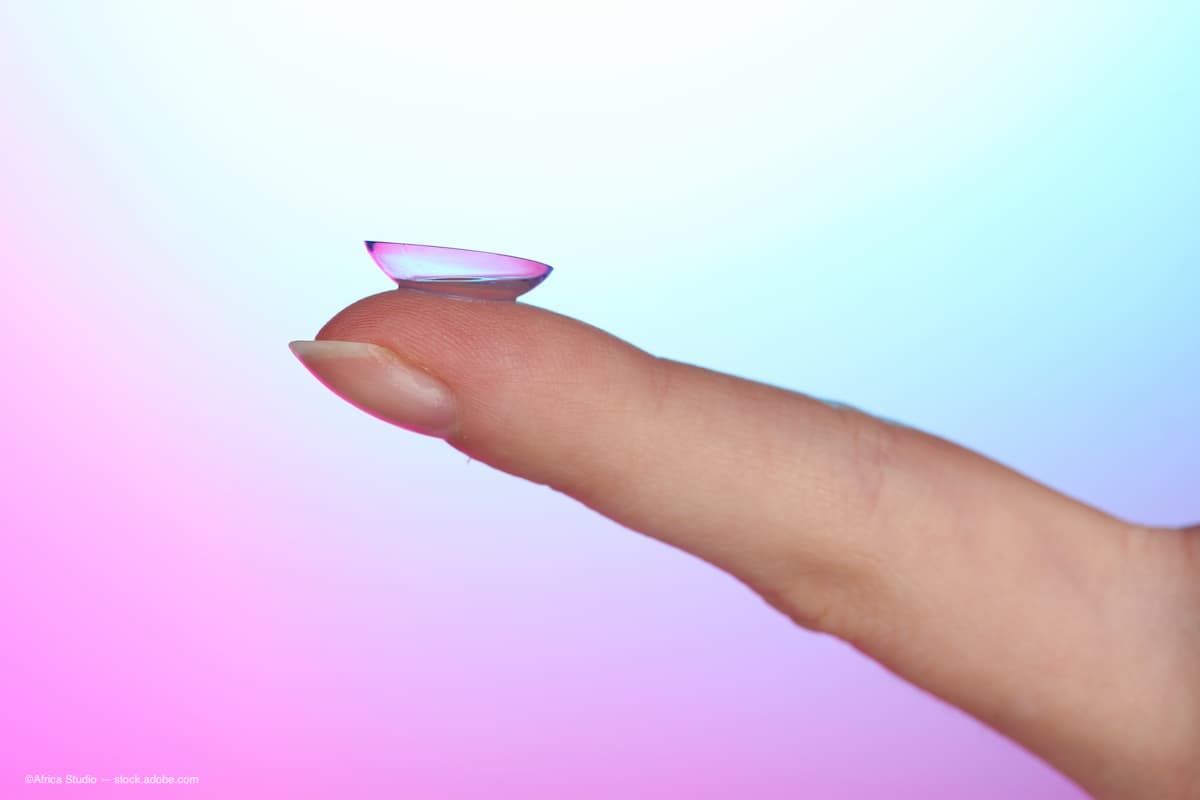News
Video
ASRS 2024: Results of the LIGHTSITE III study
Author(s):
Eleonora Lad, MD, PhD, spoke about her presentation, "Multiwavelength photobiomodulation significantly reduces risk for vision loss and onset of geographic atrophy in dry age-related macular degeneration" at this year's American Society of Retina Specialists (ASRS) meeting in Stockholm, Sweden.
Eleonora Lad, MD, PhD, spoke about her presentation, "Multiwavelength photobiomodulation significantly reduces risk for vision loss and onset of geographic atrophy in dry age-related macular degeneration" at this year's American Society of Retina Specialists (ASRS) meeting in Stockholm, Sweden.
Video Transcript:
Editor's note: The below transcript has been lightly edited for clarity.
Eleonora Lad, MD, PhD:
Hi, my name is Eleanora Lad. I'm the vice chair of Ophthalmology Clinical Research at Duke University Medical Center. My presentation today was about the use of multi-wavelength photobiomodulation in patients with dry age-related macular degeneration, specifically the results of the LIGHTSITE III study.
This study was conducted at 10 retinal centers in the United States, and enrolled patients with high risk intermediate AMD. One hundred fourty-eight eyes of 100 participants were enrolled and the randomized photobiomodulation to sham 2:1. The sham was an active sham, where 1 of the 3 wavelengths was decreased by 10 fold and another by 100 fold and the third was not used. The way photobiomodulation works clinically, is that it improves cellular processes by acting of the cytochrome c oxidase in the mitochondria at the electron transport chain level. The 3 wavelengths are selected to improve the processes involved in the pathobiology of age-related macular degeneration, mainly to improve energy production in the cells, nutrients, and oxygenation, and decrease inflammation.
The findings of the LIGHTSITE III study were as follows: The study met the primary endpoint, with an improvement in best corrected visual acuity of over 5 letters. They were statistically significant between photobiomodulation treated patients and sham. Over 58% of participants had more than 5 letters improvement, but closer to 10 letters. And over 18% of patients had more than 10 letter gain, with a mean of 13.4. I found this particular result quite impressive. And importantly, the occurrence of new onset geographic atrophy was decreased significantly by photobiomodulation. Whereas the sham group developed GA about 24% of the eyes, in the photobiomodulation treated group, this only happened in 6.8% of the eyes.
The next steps in development are conduction of a phase 3b study with NEI support. There will be an extension study with 4 additional treatments over 13 months. We'll be looking at structural and functional biomarkers of activity of photobiomodulation and dry AMD patients in the hope to be able to improve standard of care in this patient population.
So, photobiomodulation has been elucidated and studied in preclinical animal models for neurodegenerative disease and retinal degeneration, both acute and chronic. It's a treatment that is used in other systemic conditions - arthritis, cardiology, and other fields. However, this is the first time we see clinically meaningful effects in dry AMD in ophthalmology that are important to us as a community. For the retina community, this is particularly exciting because the natural history of disease in dry AMD is one of visual acuity loss of about 2 letters per year. And this is the first to-date devised study that was able to improve visual acuity of over 5 letters mean, and again, over 10 letters in more than 18% of the patients enrolled.
Photobiomodulation treatment will have a huge impact on the standard of care of patients with dry AMD because it will allow retina specialists and practitioners to intervene at earlier stages before photoreceptor loss is irreversible, before the late-stage disease. The disease burden is very high in wet AMD, and now in dry AMD as well. so, we'd like to intervene earlier. We would act at a level where patients will be symptomatic with intermediate AMD high risk and we'd be able to, hopefully, with this treatment also reduced dusen size. I didn't mention, in the study there was a drusen reduction by 4x by 24 months. It was not statistically significant, but it correlated with a visual acuity improvements as well. This would think help give us another tool in our armamentarium, and it will be the first tool in a disease currently without cures, which is the earlier stage dry AMD.
Newsletter
Don’t miss out—get Ophthalmology Times updates on the latest clinical advancements and expert interviews, straight to your inbox.




